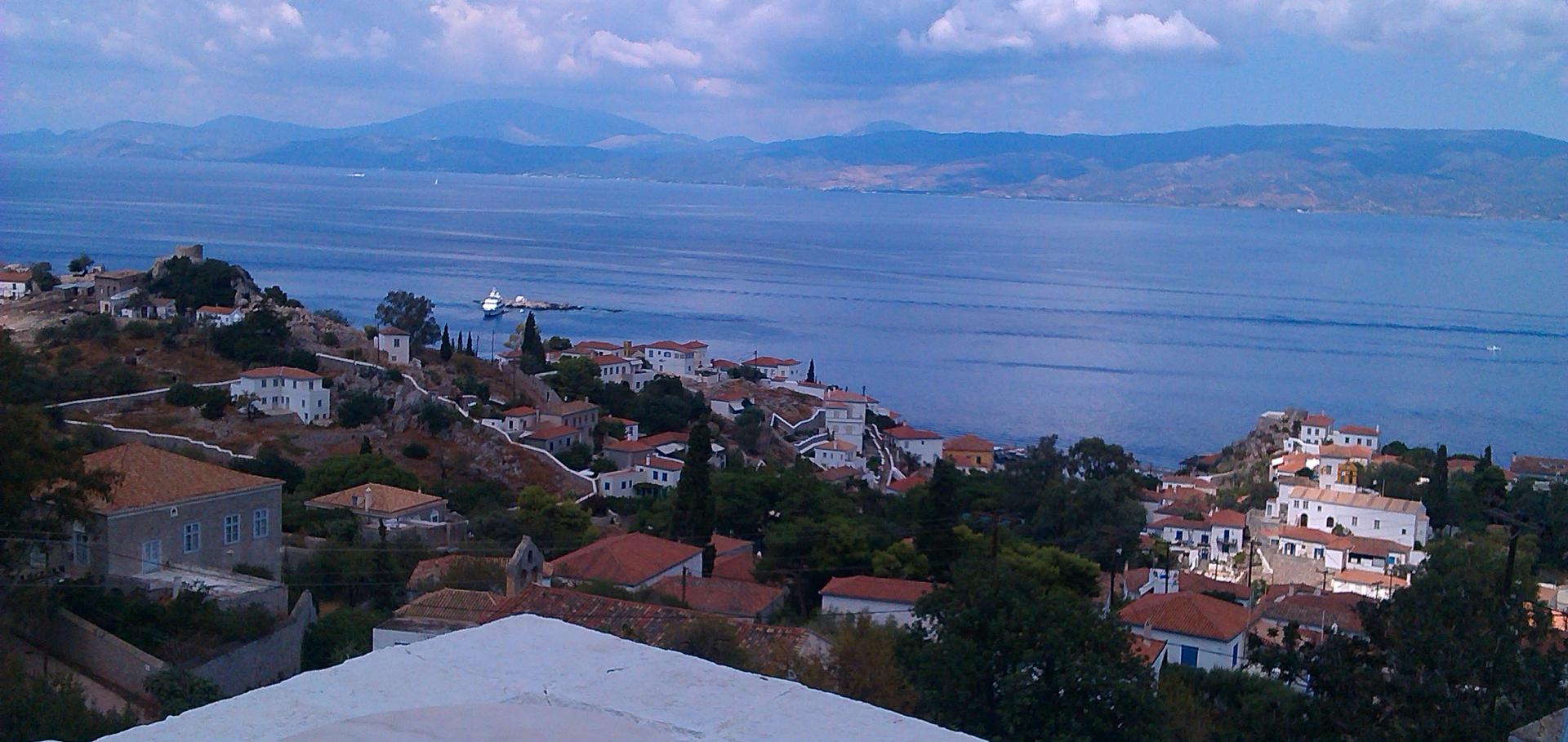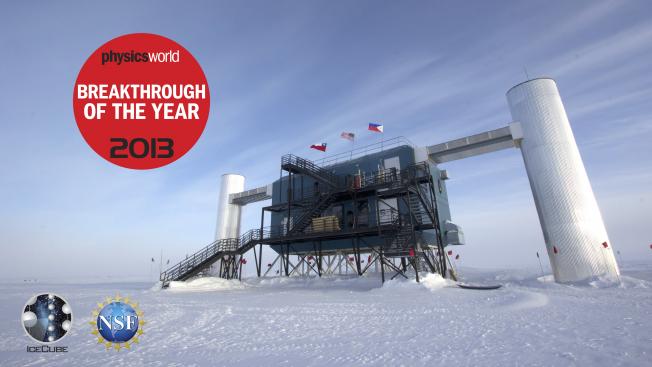Self-testing of any pure entangled state with minimal number of measurements and optimal randomness certification in one-sided device-independent scenario
ArXiv 2110.15176 (2021)
Authors:
Shubhayan Sarkar, Jakub J Borkała, Chellasamy Jebarathinam, Owidiusz Makuta, Debashis Saha, Remigiusz AugusiakSearch for Multi-flare Neutrino Emissions in 10 yr of IceCube Data from a Catalog of Sources
Astrophysical Journal Letters American Astronomical Society 920:2 (2021) L45-L45
Authors:
R Abbasi, M Ackermann, J Adams, Ja Aguilar, M Ahlers, M Ahrens, C Alispach, Aa Alves, Nm Amin, R An, K Andeen, T Anderson, G Anton, C Argüelles, Y Ashida, S Axani, X Bai, Ab V., A Barbano, Sw Barwick, B Bastian, V Basu, S Baur, R Bay, Jj Beatty, Kh Becker, Jb Tjus, C Bellenghi, S Benzvi, D Berley, E Bernardini, Dz Besson, G Binder, D Bindig, E Blaufuss, S Blot, M Boddenberg, F Bontempo, J Borowka, S Böser, O Botner, J Böttcher, E Bourbeau, F Bradascio, J Braun, S Bron, J Brostean-Kaiser, S Browne, A Burgman, Rt BurleyAbstract:
A recent time-integrated analysis of a catalog of 110 candidate neutrino sources revealed a cumulative neutrino excess in the data collected by IceCube between 2008 April 6 and 2018 July 10. This excess, inconsistent with the background hypothesis in the Northern Hemisphere at the 3.3σ level, is associated with four sources: NGC 1068, TXS 0506+056, PKS 1424+240, and GB6 J1542+6129. This Letter presents two time-dependent neutrino emission searches on the same data sample and catalog: a point-source search that looks for the most significant time-dependent source of the catalog by combining space, energy, and time information of the events, and a population test based on binomial statistics that looks for a cumulative time-dependent neutrino excess from a subset of sources. Compared to previous time-dependent searches, these analyses enable a feature to possibly find multiple flares from a single direction with an unbinned maximum-likelihood method. M87 is found to be the most significant time-dependent source of this catalog at the level of 1.7σ post-trial, and TXS 0506+056 is the only source for which two flares are reconstructed. The binomial test reports a cumulative time-dependent neutrino excess in the Northern Hemisphere at the level of 3.0σ associated with four sources: M87, TXS 0506+056, GB6 J1542+6129, and NGC 1068.Detection of a particle shower at the Glashow resonance with IceCube
(2021)
Authors:
IceCube Collaboration, MG Aartsen, R Abbasi, M Ackermann, J Adams, JA Aguilar, M Ahlers, M Ahrens, C Alispach, NM Amin, K Andeen, T Anderson, I Ansseau, G Anton, C Argüelles, J Auffenberg, S Axani, H Bagherpour, X Bai, A Balagopal V., A Barbano, SW Barwick, B Bastian, V Basu, V Baum, S Baur, R Bay, JJ Beatty, K-H Becker, J Becker Tjus, S BenZvi, D Berley, E Bernardini, DZ Besson, G Binder, D Bindig, E Blaufuss, S Blot, C Bohm, S Böser, O Botner, J Böttcher, E Bourbeau, J Bourbeau, F Bradascio, J Braun, S Bron, J Brostean-Kaiser, A Burgman, J Buscher, RS Busse, MA Campana, T Carver, C Chen, E Cheung, D Chirkin, S Choi, BA Clark, K Clark, L Classen, A Coleman, GH Collin, JM Conrad, P Coppin, P Correa, DF Cowen, R Cross, P Dave, C De Clercq, JJ DeLaunay, H Dembinski, K Deoskar, S De Ridder, A Desai, P Desiati, KD de Vries, G de Wasseige, M de With, T DeYoung, S Dharani, A Diaz, JC Díaz-Vélez, H Dujmovic, M Dunkman, MA DuVernois, E Dvorak, T Ehrhardt, P Eller, R Engel, PA Evenson, S Fahey, A Fedynitch, AR Fazely, J Felde, AT Fienberg, K Filimonov, C Finley, L Fischer, D Fox, A Franckowiak, E Friedman, A Fritz, TK Gaisser, J Gallagher, E Ganster, S Garrappa, L Gerhardt, A Ghadimi, T Glauch, T Glüsenkamp, A Goldschmidt, JG Gonzalez, S Goswami, D Grant, T Grégoire, Z Griffith, S Griswold, M Gündüz, C Haack, A Hallgren, R Halliday, L Halve, F Halzen, K Hanson, J Hardin, A Haungs, S Hauser, D Hebecker, D Heereman, P Heix, K Helbing, R Hellauer, F Henningsen, S Hickford, J Hignight, C Hill, GC Hill, KD Hoffman, R Hoffmann, T Hoinka, B Hokanson-Fasig, K Hoshina, F Huang, M Huber, T Huber, K Hultqvist, M Hünnefeld, R Hussain, S In, N Iovine, A Ishihara, M Jansson, GS Japaridze, M Jeong, BJP Jones, F Jonske, R Joppe, D Kang, W Kang, X Kang, A Kappes, D Kappesser, T Karg, M Karl, A Karle, U Katz, M Kauer, M Kellermann, JL Kelley, A Kheirandish, J Kim, K Kin, T Kintscher, J Kiryluk, T Kittler, SR Klein, R Koirala, H Kolanoski, L Köpke, C Kopper, S Kopper, DJ Koskinen, P Koundal, M Kowalski, K Krings, G Krückl, N Kulacz, N Kurahashi, A Kyriacou, C Lagunas Gualda, JL Lanfranchi, MJ Larson, F Lauber, JP Lazar, K Leonard, A Leszczyńska, Y Li, QR Liu, E Lohfink, CJ Lozano Mariscal, L Lu, F Lucarelli, A Ludwig, J Lünemann, W Luszczak, Y Lyu, WY Ma, J Madsen, G Maggi, KBM Mahn, Y Makino, P Mallik, S Mancina, IC Mariş, R Maruyama, K Mase, R Maunu, F McNally, K Meagher, M Medici, A Medina, M Meier, S Meighen-Berger, J Merz, T Meures, J Micallef, D Mockler, G Momenté, T Montaruli, RW Moore, R Morse, M Moulai, P Muth, R Naab, R Nagai, U Naumann, J Necker, G Neer, LV Nguyen, H Niederhausen, MU Nisa, SC Nowicki, DR Nygren, A Obertacke Pollmann, M Oehler, A Olivas, A O'Murchadha, E O'Sullivan, H Pandya, DV Pankova, N Park, GK Parker, EN Paudel, P Peiffer, C Pérez de los Heros, S Philippen, D Pieloth, S Pieper, E Pinat, A Pizzuto, M Plum, Y Popovych, A Porcelli, M Prado Rodriguez, PB Price, GT Przybylski, C Raab, A Raissi, M Rameez, L Rauch, K Rawlins, IC Rea, A Rehman, R Reimann, B Relethford, M Relich, M Renschler, G Renzi, E Resconi, S Reusch, W Rhode, M Richman, B Riedel, S Robertson, G Roellinghoff, M Rongen, C Rott, T Ruhe, D Ryckbosch, D Rysewyk Cantu, I Safa, SE Sanchez Herrera, A Sandrock, J Sandroos, M Santander, S Sarkar, S Sarkar, K Satalecka, M Scharf, M Schaufel, H Schieler, P Schlunder, T Schmidt, A Schneider, J Schneider, FG Schröder, L Schumacher, S Sclafani, D Seckel, S Seunarine, S Shefali, M Silva, B Smithers, R Snihur, J Soedingrekso, D Soldin, M Song, GM Spiczak, C Spiering, J Stachurska, M Stamatikos, T Stanev, R Stein, J Stettner, A Steuer, T Stezelberger, RG Stokstad, NL Strotjohann, T Stürwald, T Stuttard, GW Sullivan, I Taboada, F Tenholt, S Ter-Antonyan, A Terliuk, S Tilav, K Tollefson, L Tomankova, C Tönnis, S Toscano, D Tosi, A Trettin, M Tselengidou, CF Tung, A Turcati, R Turcotte, CF Turley, JP Twagirayezu, B Ty, E Unger, MA Unland Elorrieta, J Vandenbroucke, D van Eijk, N van Eijndhoven, D Vannerom, J van Santen, S Verpoest, M Vraeghe, C Walck, A Wallace, N Wandkowsky, TB Watson, C Weaver, A Weindl, MJ Weiss, J Weldert, C Wendt, J Werthebach, BJ Whelan, N Whitehorn, K Wiebe, CH Wiebusch, DR Williams, L Wills, M Wolf, TR Wood, K Woschnagg, G Wrede, J Wulff, XW Xu, Y Xu, JP Yanez, S Yoshida, T Yuan, Z Zhang, M ZöckleinA Time-Variability Test for Candidate Neutrino Sources Observed with IceCube
ArXiv 2110.06294 (2021)
CTA – the World’s largest ground-based gamma-ray observatory
Sissa Medialab Srl (2021) 005



